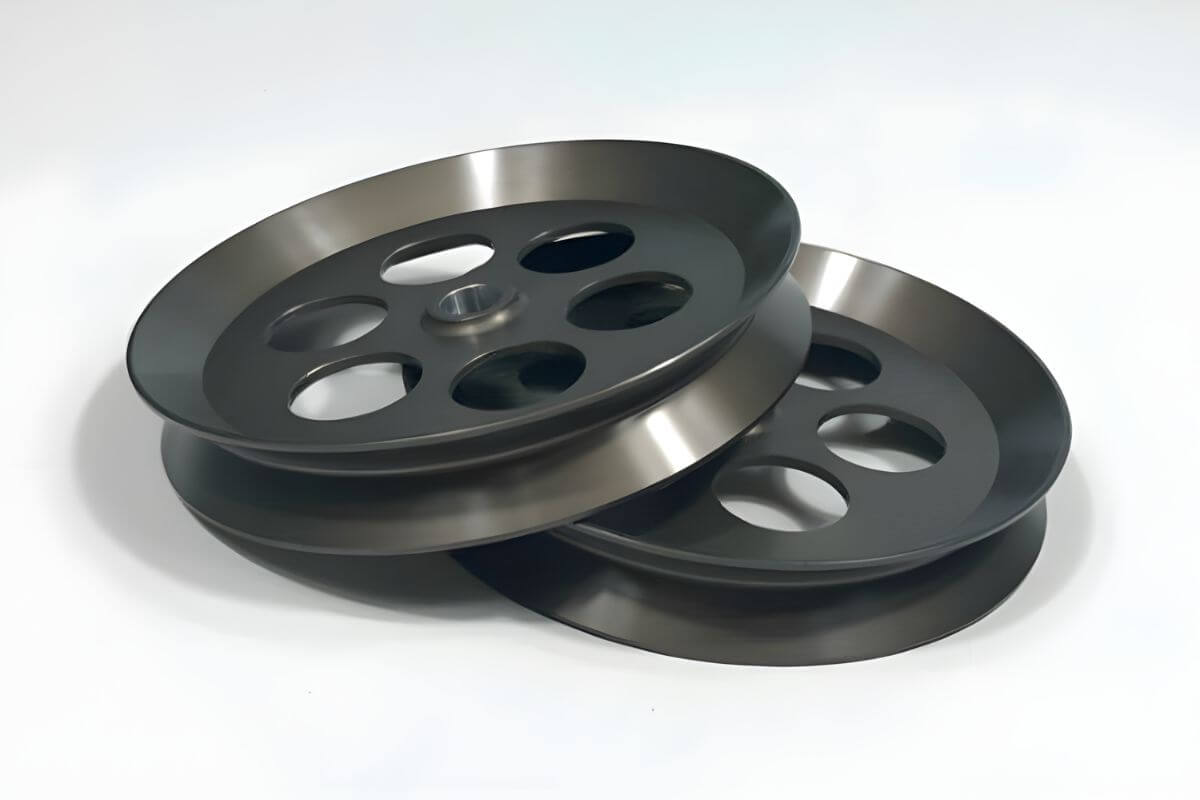Importance of Hard Anodizing
Aluminum alloy is a relatively soft metal among various alloys. Due to its light weight, aluminum alloy is very suitable for machining. Although it has the advantages of light weight and easy machining, it is difficult to use for mechanical parts that require high strength. This is why we use hard anodizing coating to strengthen aluminum metal. This process improves hardness and corrosion resistance. And this effect can be properly controlled. Therefore, the application of aluminum alloy can also be extended to a variety of different mechanical parts.
1.What is hard anodizing?
Hard anodizing is a surface treatment process. We use organic acids in an electrolytic cell to generate aluminum oxide films. The characteristics of the hard anodizing process are that the film is harder and more wear-resistant than the film treated by traditional methods. Generally, no sealing treatment is performed. If corrosion resistance is required, the entire sealing process can be used, but the wear resistance and corrosion resistance will be reduced.
2.Hard anodizing thickness
Generally, the hard anodizing film thickness is required to be around 25um to 150um. The maximum thickness of the hard anodizing film is around 50um to 80um. However, some mechanical parts require a smaller thickness of 25um. For example, helical gears and spline gears. Parts that require good insulation or wear resistance benefit greatly from a 50um film thickness. A thickness of 125um or more is ideal for special applications. But this does not mean that the thicker the hard anodized film, the better. Rather, the thicker the anodized film, the lower the microhardness of the outer layer and the rougher the film surface.
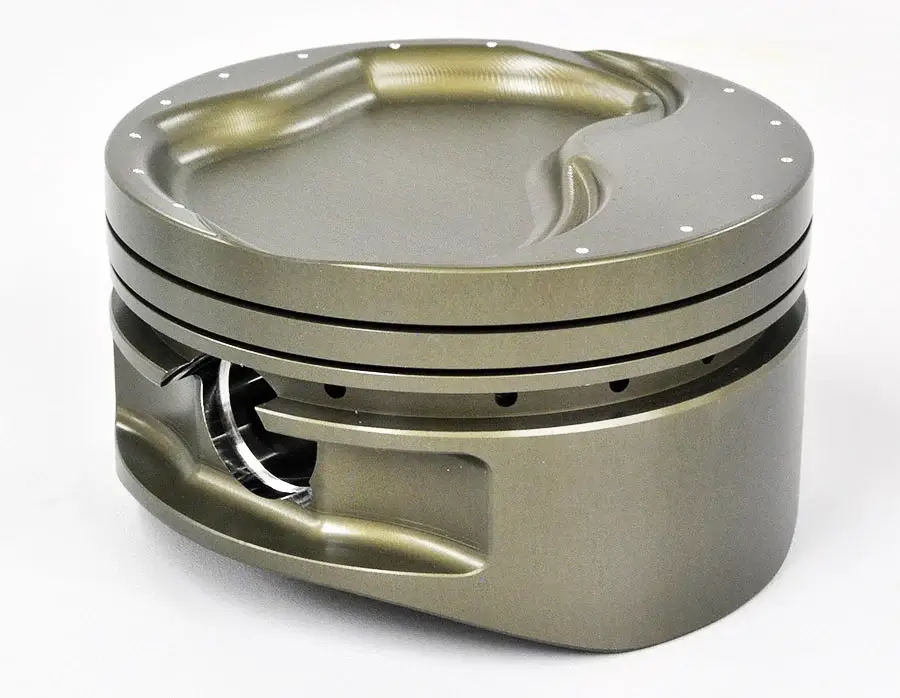
3.Difference between hard anodizing and anodizing
1) Thickness and appearance
The significant difference between anodizing and hard anodizing is the thickness. Hard anodized aluminum is thicker than standard anodized aluminum, which makes the outer layer of hard anodized aluminum parts have a higher ability to resist scratch points. Its surface is also more uniform than standard anodized aluminum.
2) Fixing
This step is important for standard anodized aluminum. Usually, small holes will form on ordinary aluminum. The pores need to be repaired to achieve better results. However, hard anodized aluminum does not need it, and its oxide layer is thicker, which can increase the wear resistance of the parts.
3) Creation conditions
When the thickness exceeds 25 microns, the hard anodized cover can be delivered at a lower temperature and higher current thickness.
4) Electrolyte
Standard anodizing should be carried out in a chromium or sulfuric acid electrolyte, while hard anodizing mainly adopts a sulfuric acid corrosion system and adds natural corrosive agents such as oxalic acid corrosive agent, aminosulfonic acid corrosive agent, etc. to sulfuric acid corrosion.
5) Application
Hard anodized aluminum products are suitable for applications and conditions that require a strong and wear-resistant surface, such as hydraulic systems, cylinders, certain food cookware, frying pans, and structural exteriors. In modern or commercial applications, hard anodizing is easier to track than shopping supplies. Standard sulfuric acid anodized aluminum is suitable for engineering, aerospace, and automotive industries.
Because hard anodized aluminum is not conductive, areas that need to be conductive require selective masking. Anodizing is integrated with the component and can be used in salt/corrosive environments. Ordinary anodizing has good wear resistance, while hard anodized aluminum products have excellent wear resistance.
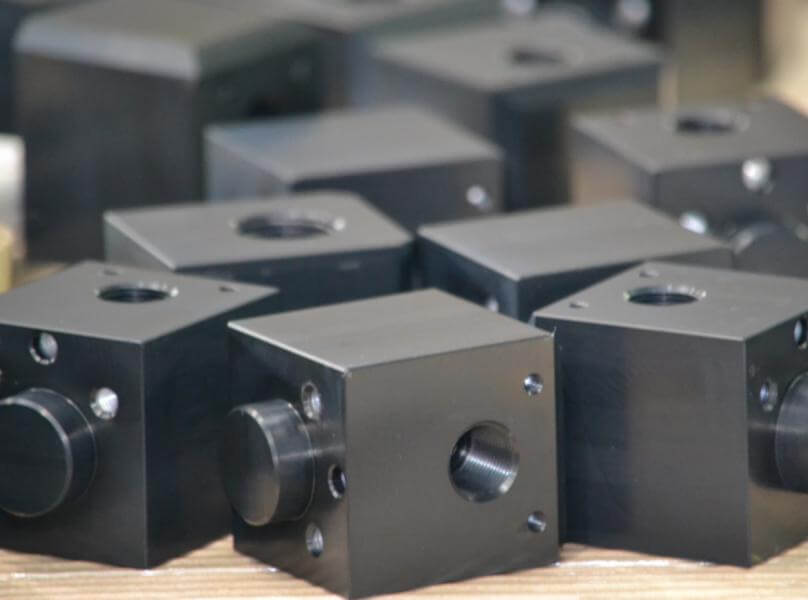
4.Processing methods of hard anodized films
There are many methods for hard anodizing electrolysis. For example, sulfuric acid, oxalic acid, propylene glycol, and mineral acids. We classify the power supply as DC, AC, or AC/DC. Other forms include superposition, pulse, and superposition pulse power supplies. The following are the widely used types of hard anodizing:
- Sulfuric acid hard anodizing
- Oxalic acid hard anodizing
- Mixed acid hard anodizing
5.Five tips for hard anodizing
In order to obtain a high-quality hard anodized film and ensure the required size of the part, it is recommended to follow the following tips.
1) Chamfering
Hard anodizing – chamfering
Hard anodized parts are not allowed to have sharp features such as sharp corners and burrs. On the one hand, the normal anodizing time is very long, and the anodizing process itself is an exothermic reaction. On the other hand, corners are usually places where the current is more concentrated, and these locations are most likely to cause local overheating of parts and burn out of parts. Therefore, the edges and corners of all-aluminum parts should be chamfered, and the chamfer radius should be greater than 0.5mm.
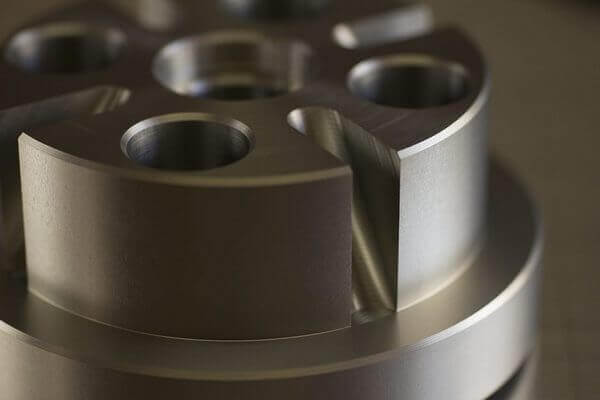
2) Surface roughness
After hard anodizing, the surface roughness of the part will change. Parts with rougher surfaces will appear smoother than before after hard anodizing, while parts with smoother surfaces will usually become worse in roughness after hard anodizing, with a reduction of about 1~2 levels.
3) Dimensional allowance
Due to the large thickness of the hard anodized film, if the aluminum parts need further processing or assembly, a certain processing allowance needs to be reserved in advance, and the clamping position needs to be clearly defined. During the hard anodizing process, the size of the parts will change. Before processing, the possible thickness changes and dimensional tolerances of the anodized film should be considered. Then the actual size of the parts before anodizing should be determined. Make it hard anodized to the specified tolerance.
4) Fixture design
Hard anodized parts need to withstand large currents and large currents during the oxidation process. So we must be careful to put the parts together. Otherwise, poor contact may cause electric shock, wear or burn the contact parts of the parts. Therefore, after the parts are hard anodized, special fixtures need to be designed and manufactured for parts of different shapes and specific requirements.
5) Partial protection
If there are both conventional anodized areas and hard anodized areas on the same part, the specific process should be arranged according to the surface finish and precision of the parts. Usually, conventional anodizing is performed first, followed by hard anodizing. The surface that does not require hard anodizing should be made into an insulating layer. Insulation can be achieved with a spray gun or a brush. The prepared nitrocellulose adhesive or peroxide adhesive will be applied. On surfaces that do not require hard anodizing, the insulating layer should be applied thinly and evenly. Each layer should be dried at low temperature for 30-60 minutes. And 2 to 4 layers should be fully applied.
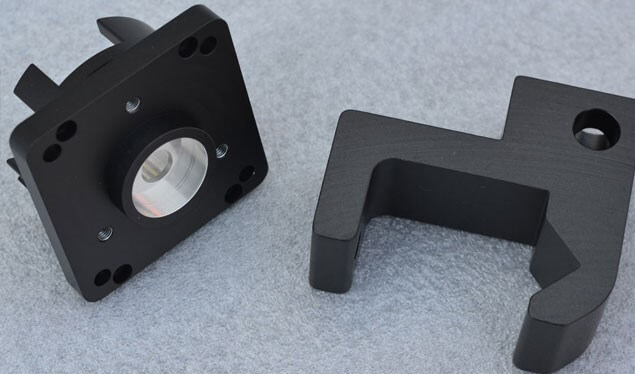
6.Advantages of hard anodizing
- The surface hardness can reach HV300kg/mm² or above.
- The thickness of the anodized film is greater than 20um.
- It has high corrosion resistance and high wear resistance in the atmosphere. It is also an ideal insulating film. Hard anodizing has good insulating properties (breakdown voltage can reach more than 2000V) and can be firmly bonded to the base metal.
- Strong adhesion, 50% of the hard anodized film formed penetrates into the interior of the aluminum alloy, and 50% adheres to the surface of the aluminum alloy.
- Non-toxic: The anodized film and the electrochemical process that produces the anodized film are harmless to the human body.
- It is a good substitute for traditional hard chrome plating. Compared with the hard chrome plating process, it has the advantages of low cost, firm film bonding, and convenient treatment of plating solution and cleaning waste liquid. In many industries, the requirements for convenient processing, lightweight products and environmental protection are getting higher and higher. The products use aluminum alloy and hard anodizing to replace traditional stainless steel spraying and electroplating.
